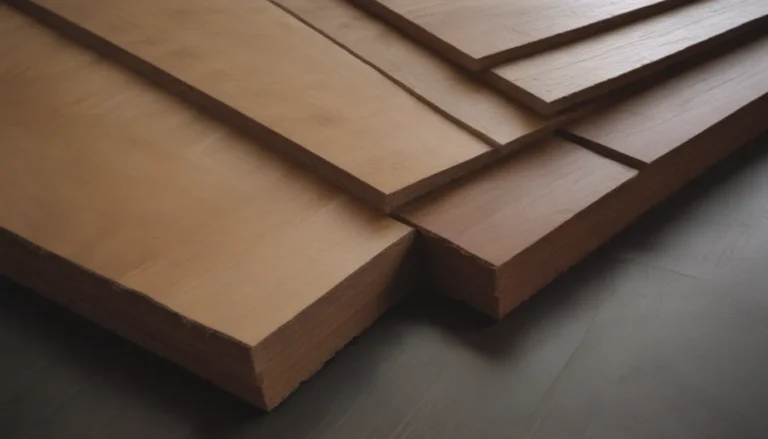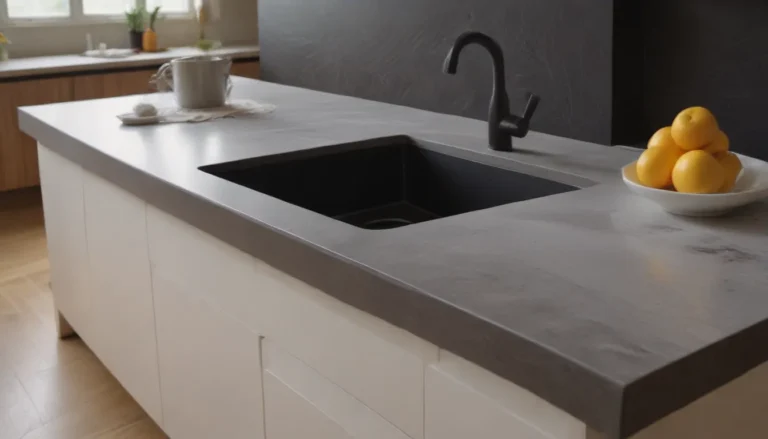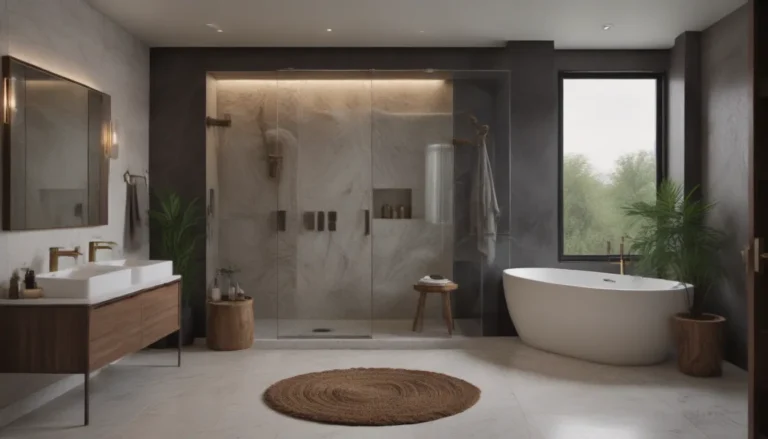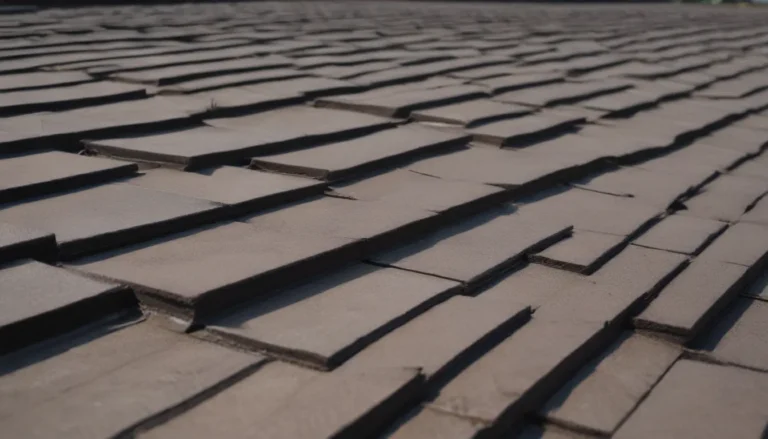Everything You Need to Know About Semi-Gloss and Satin Paint
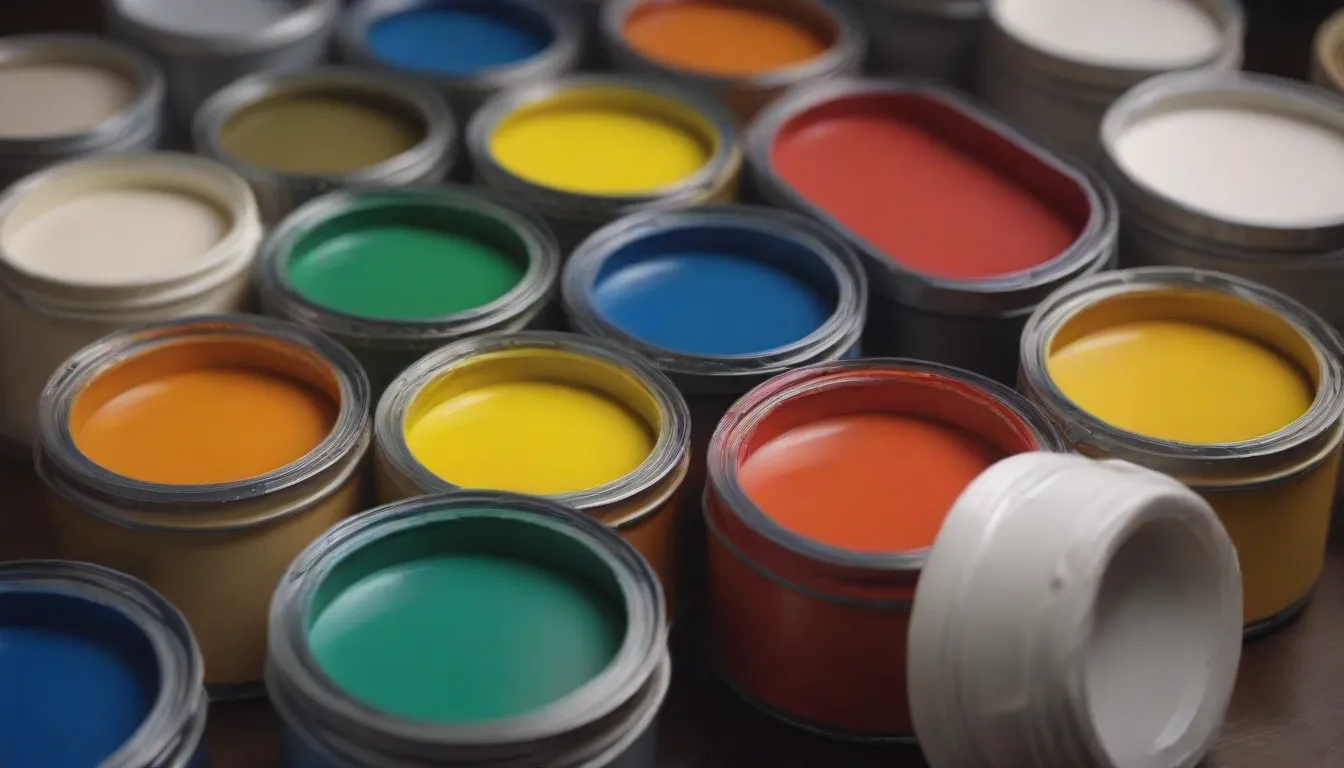
Are you trying to decide between satin paint and semi-gloss paint for your next painting project? It’s easy to get confused between these two finishes because they both have a similar sheen. Understanding the key differences between satin and semi-gloss paint is essential for making the right choice for your walls, cabinets, and trim. In this comprehensive guide, we’ll walk you through the major dissimilarities, pros and cons, appearance, durability, cost, and top brands of both satin and semi-gloss paint.
Major Differences Between Semi-Gloss and Satin Paint
The primary difference between satin paint and semi-gloss paint lies in how they reflect light. While they both have a sheen, semi-gloss paint reflects more light than satin paint, making it shinier and more reflective.
Semi-Gloss Paint
- Has a high sheen that reflects a significant amount of light
- Ideal for trim, doors, and cabinets due to its durability and easy cleaning properties
- Shows imperfections and brushstrokes more prominently
- Not recommended for walls as it can appear darker and highlight flaws
Satin Paint
- Reflects an average amount of light
- Suitable for walls, especially in high-traffic areas like kitchens and bathrooms
- Offers a smooth finish that hides some imperfections
- Less durable than semi-gloss, but easier to clean than matte or eggshell
Appearance
When it comes to texture, semi-gloss paint has more texture than satin paint. A surface painted with satin paint will have a smoother feel to the touch.
Semi-Gloss Paint
- Contains additional components like resins and urethanes for a higher sheen
- Can have a slightly tacky feel due to the higher reflectivity
- May show an “orange peel” look if not applied properly with a high-quality roller
Satin Paint
- Leaves walls with a smooth surface despite being less shiny than semi-gloss
- Offers a smoother texture compared to semi-gloss paint
Tip: If you’re torn between satin and semi-gloss paints, consider getting samples of each sheen to see how they look in your space before making a final decision.
Durability
In terms of durability, semi-gloss paint outperforms satin paint due to its higher sheen and resilience.
Semi-Gloss Paint
- Highly durable and suitable for high-traffic areas like baseboards and trim
- Resistant to wear and frequent scrubbing
Satin Paint
- Provides good durability for walls in areas with moderate wear and cleaning needs
- Not as tough as semi-gloss paint but sufficient for most rooms
Cost
While semi-gloss paint may cost slightly more than satin paint, the price difference is minimal and shouldn’t be the deciding factor in your choice.
Semi-Gloss Paint
- Contains more resins, resulting in a slightly higher price point
Satin Paint
- Typically runs about $3 less per gallon than semi-gloss paint
Note: Choose your paint sheen based on durability and suitability for the application rather than cost savings.
Top Brands
When it comes to selecting the right paint sheen for your project, consider the following tips:
- Satin paint is generally the glossiest sheen appropriate for walls, but may show imperfections
- Semi-gloss paint is ideal for trim and cabinets due to its high sheen and durability
- Proper surface preparation is crucial for achieving a smooth finish with glossy paints
In conclusion, both satin and semi-gloss paints have their advantages and drawbacks. Understanding the differences between these two finishes will help you make an informed decision based on your project requirements. Whether you choose satin for its ease of cleaning or semi-gloss for its durability, painting with the right sheen can enhance the overall look and longevity of your surfaces. Happy painting!
